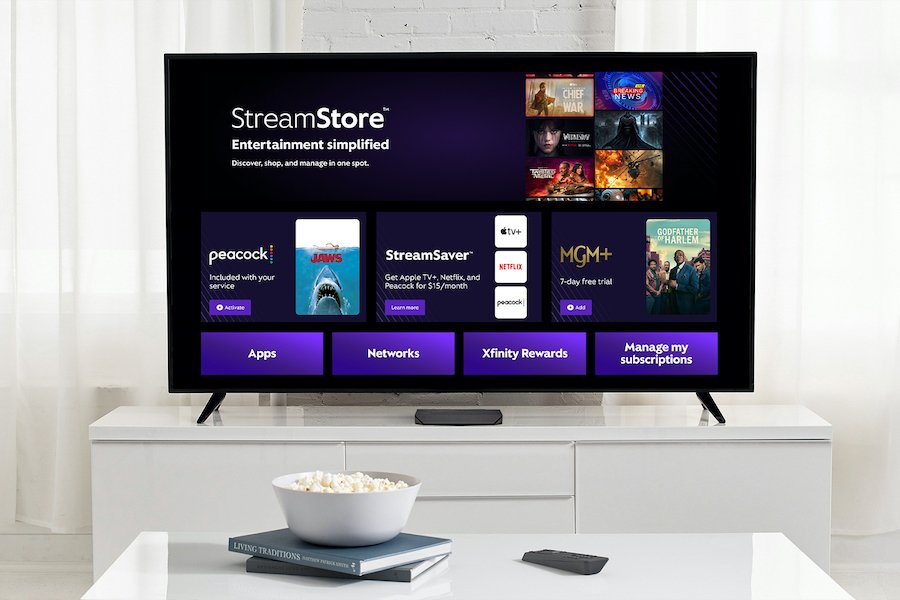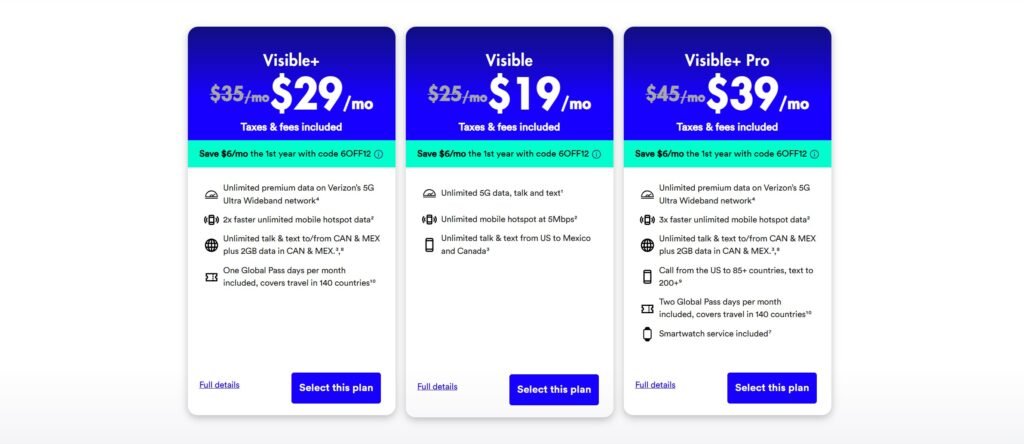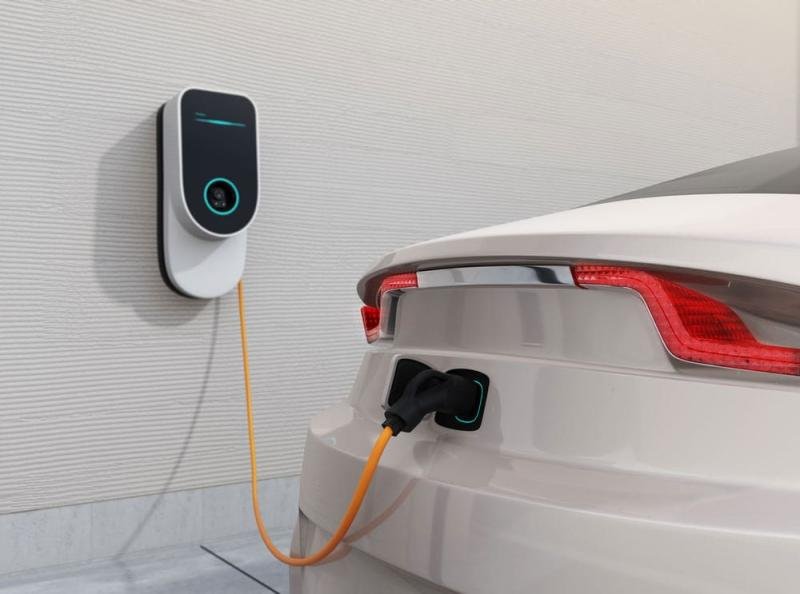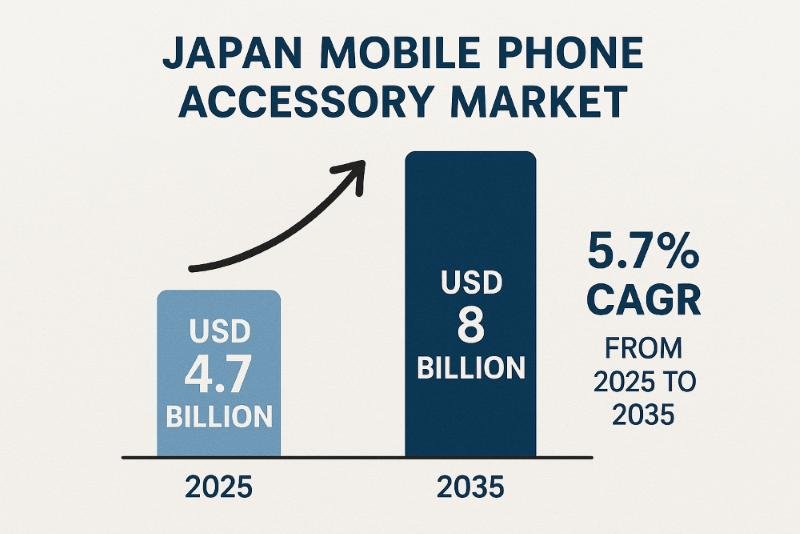Recently, I’ve caught myself growing nonchalant about who holds my data – shrugging off both the Optus and Qantas breaches with an “if everyone already has my details, what’s one more leak?” At the same time, I’ve been gaming my Instagram and TikTok feeds – double‑tapping fitness reels to keep depressing war coverage from my recommendation algorithm.
These problematic trends reflect a generational malaise of younger people who have never known a world without social media. It struck me that our brains are marinated in a digital soup of snackable videos, trading deep engagement for emotional jolts and superficial swipes, leaving us ill‑equipped to grasp the stakes of wars, nuclear struggles and cyberattacks.
Short‑form video apps have become the cultural mainstream worldwide, signalling a shift from traditional newspapers and broadcast news to podcasters, YouTubers and TikTok creators. A constant drip of snappy, addictive clips is reshaping not just what we watch and how (passively) we consume it – but also our ability to consume anything different. As Reels, Shorts and TikToks feed an endless loop of dopamine jolts, our brains grow accustomed to the instant gratification and lose the patience for deeper exploration. Over time, we become mind slugs, as that conditioning erodes the very impulse to seek out more challenging or unfamiliar content.
Global debates risk being flattened into fleeting trends, with serious issues reduced to punchy one-liners that stoke passion or apathy without nuance.
This same digital landscape has recently become a crucial battleground for politicians eager to win over unreachable young voters, even as security concerns intensify. Australia, India, and the United Kingdom have all flagged TikTok, for example, for potential foreign interference and the United States has long been teasing a possible ban, all while the last presidential election substantially featured these apps. In the last Australian election, parties spent over $76 million on ads across YouTube, Facebook and Instagram while publicly condemning these platforms for undermining public discourse.
These platforms owe their dominance to hyper‑tuned recommendation engines that learn from our clicks and scrolls, and serve up ever‑more personalised feeds. In the fierce attention economy, success is measured in seconds of dwell time, not seconds of deliberation. More recently, video apps have come to spare us the effort of curating friends or building followings: they slip seamlessly into our lives and subtly diminish our tolerance for anything slower or more cognitively demanding.
The cognitive toll shows up in frayed attention spans and fragmented memory. Rapid swipes from one clip to the next train our brains to expect high‑reward stimuli and shun sustained focus. That broken rhythm weakens deep processing, making it harder to retain information or engage in tasks that demand prolonged concentration.

Perhaps most worrying is the hit to analytical thinking and everyday social engagement. Research links heavy short‑form use to a tilt toward automatic, surface‑level reasoning, hampering our judgment and discernment. Anecdotes about the so‑called “Gen Z stare” hint at a generation conditioned to scroll past anything they deem uninteresting – even real‑world conversations – until something provokes their fleeting attention.
Global debates risk being flattened into fleeting trends, with serious issues reduced to punchy one-liners that stoke passion or apathy without nuance. Yes, short-video apps can mobilise grassroots movements and spread critical updates, but they also trivialise complex policy debates and deepen tribal fault lines. As today’s digital natives ascend into leadership roles, their snackable‑video conditioning and reliance on AI‑driven analysis pose real questions about crisis judgment. In 2023, the Pentagon’s war simulation involving automated decision‑making flagged a higher risk of accidental escalation, suggesting that a generation schooled on 15‑second hits may struggle with the slow‑burn logic of nuclear deterrence and high‑stakes diplomacy.
Indeed, we gain unprecedented access to global news and advocacy tools, yet we surrender our own analytical instincts and fall prey to echo chambers, filter bubbles and misinformation cascades. Bite‑sized clips boost breadth at the expense of depth, offering passive exposure but little sustained engagement. With more people turning to reels and shorts for their news, context becomes collateral damage – hard to convey in under 15 seconds and easily weaponised to polarise.
The result is a generation primed for emotional jolts but poorly equipped for the patient, critical thinking that international politics and security demands.
Technological revolutions are reshaping how young people access and process information, and we can’t simply ride the wave. We must recognise that younger generations bring their own habits and expectations to the table. Their embrace of snackable clips and dopamine‑driven feeds risks side-lining the patient study and nuanced debate that underpin effective diplomacy and crises management.
Policymakers face a dual task: adapt to new platforms while also translating decades of IR and security wisdom into formats that resonate with digital natives. That means investing in deeper modes for social apps, supporting public-service explainers tailored to short‑form feeds and embedding critical‑thinking and media‑literacy training in schools. If we fail to bridge this generational divide in geopolitical thinking, we risk eroding the very structures that have kept global crises at bay.








